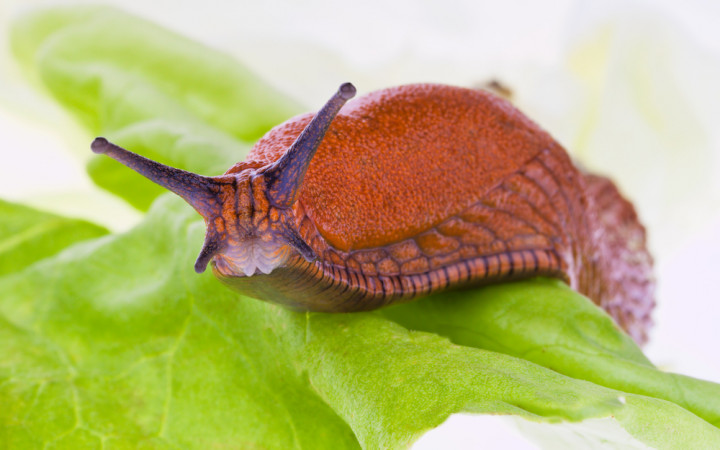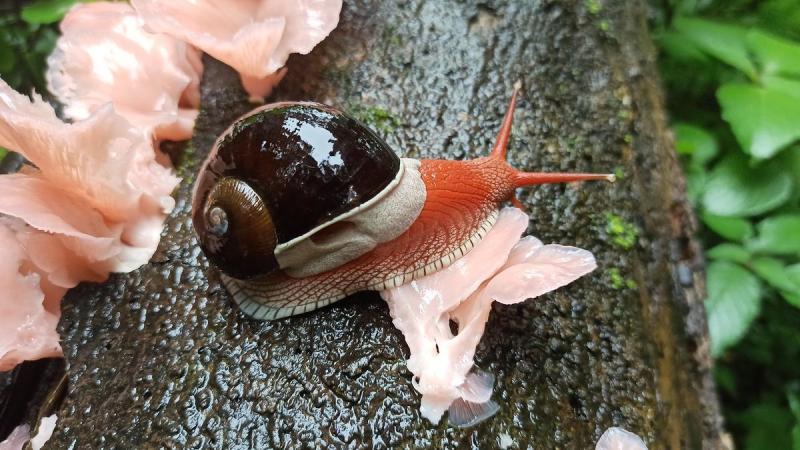Understanding the classification of living organisms can often be a complex task. One such intriguing question is whether snails are considered insects. This detailed analysis aims to clarify this misconception and delve into the unique characteristics of snails and their classification in the animal kingdom.
The Biological Classification of Snails
What Are Snails?
Snails are fascinating creatures belonging to the class Gastropoda within the phylum Mollusca. This places them in the company of other mollusks such as clams, oysters, and squids. Gastropods are characterized by their soft bodies, which are typically protected by a hard shell. Snails have a muscular foot used for locomotion and a distinct head with tentacles and eyes.
Are Snails Insects?
Are Snails an Insect?
To answer the question, “are snails an insect?” it is essential to understand the fundamental differences between snails and insects. Insects belong to the class Insecta within the phylum Arthropoda. They have three main body parts (head, thorax, and abdomen), six legs, and often possess wings. Snails, on the other hand, lack these characteristics. They do not have segmented bodies or an exoskeleton, which are key features of insects. Therefore, snails are not considered insects.
Distinguishing Features of Insects

Anatomy and Physiology of Insects
Insects have a unique body structure that distinguishes them from other invertebrates. Their bodies are divided into three distinct parts: the head, thorax, and abdomen. The head houses the sensory organs, the thorax contains the legs and wings, and the abdomen is responsible for digestion and reproduction. This segmentation is absent in snails, further supporting the fact that they are not insects.
Lifecycle of Insects
Insects undergo various stages of metamorphosis, ranging from simple (egg, nymph, adult) to complete metamorphosis (egg, larva, pupa, adult). This complex life cycle is vastly different from that of snails, which generally involves a more straightforward development from egg to juvenile to adult.
Misconceptions About Snails
Are Snails Bugs?
Understanding the Term “Bugs”
The term “bugs” is often used colloquially to refer to small invertebrates. Scientifically, however, “true bugs” belong to the order Hemiptera within the class Insecta. This group includes insects such as aphids, cicadas, and shield bugs. Since snails do not share the defining characteristics of true bugs, they cannot be classified as such.
Snails and Amphibians
Are Snails Amphibians?
Another common misconception is the classification of snails as amphibians. Amphibians, such as frogs, toads, and salamanders, belong to the class Amphibia within the phylum Chordata. They are vertebrates, characterized by their ability to live both in water and on land, and typically undergo metamorphosis. Snails, being invertebrates with no backbone and different life processes, do not fit into the amphibian category.
Amphibian Characteristics
Amphibians have distinct features such as moist, permeable skin and the ability to absorb water and oxygen through their skin. Snails, with their hard shells and different respiratory systems, lack these characteristics, further distancing them from being considered amphibians.
The Unique World of Snails

Habitat and Behavior
Snail Habitats
Snails are incredibly adaptable and can be found in a wide range of environments, from terrestrial to freshwater and marine habitats. Terrestrial snails are commonly found in gardens, forests, and meadows, while freshwater snails inhabit ponds, lakes, and rivers. Marine snails are often found in coastal regions and ocean depths.
Behavioral Traits of Snails
Snails exhibit fascinating behaviors such as estivation and hibernation to survive extreme conditions. Estivation occurs during hot and dry periods, where snails become inactive to conserve moisture. Hibernation, on the other hand, is a state of dormancy during cold weather, helping snails endure low temperatures.
Importance of Snails in Ecosystems
Ecological Roles
Snails play vital roles in ecosystems. As herbivores, they help control plant growth and contribute to the recycling of organic matter. Some snails are detritivores, feeding on decomposing plant and animal material, thus aiding in nutrient cycling. Additionally, snails serve as a food source for various predators, including birds, mammals, and other invertebrates.
Snails in Human Culture
Throughout history, snails have been a part of human culture, featuring in culinary dishes, traditional medicine, and even literature. Escargot, a delicacy in French cuisine, highlights the gastronomic value of snails. Moreover, snail slime has been used in skincare products due to its purported benefits for skin regeneration and hydration.
Conclusion
In conclusion, snails are not considered insects. They belong to the class Gastropoda within the phylum Mollusca, distinct from insects in their anatomy, physiology, and lifecycle. Misconceptions such as “are snails bugs?” and “are snails amphibians?” arise from a lack of understanding of biological classifications. Snails play crucial ecological roles and have unique adaptations that allow them to thrive in various environments. Understanding these distinctions helps appreciate the diversity of life and the intricate relationships within ecosystems.

